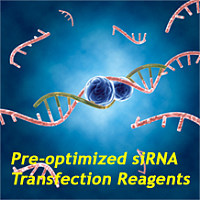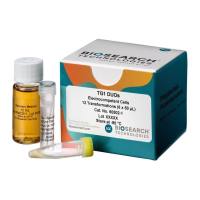Differential Targeting of Neurons by Prion Strains
互联网
279
A basic principle of microbiology that applies to all conventional infectious pathogens is that the disease phenotype is a function of both the infecting agent and the host’s response to it. All evidence indicates that this principle is also true for diseases acquired by infection with prions, given that inoculation of different scrapie prion strains into inbred mouse strains shows that reproducible differences in the disease phenotype are determined by both the strain of scrapie prion and a host gene or genes (1 -6 ). The disease parameters used to characterize and define each prion strain, then and now, include: the relative or complete failure of transmission of a prion strain from one animal species to another, designated the “host species barrier”; incubation time, defined as the time from inoculation of a prion strain to the onset of clinical signs; the neuroanatomic distribution of spongiform degeneration, also designated the “lesion profile”; and whether or not PrP amyloid plaques are formed in the brain. Of these parameters, least is known about how each prion strain targets a different population of neurons for degeneration to create the strain-specific lesion profile. The goal of this report is to review the evidence, which argues that PrPSc is the main and perhaps sole prion factor determining the disease phenotype, and that PrPC expressed by the host animal is the predominant host factor determining the disease phenotype, including differential targeting of neurons.









